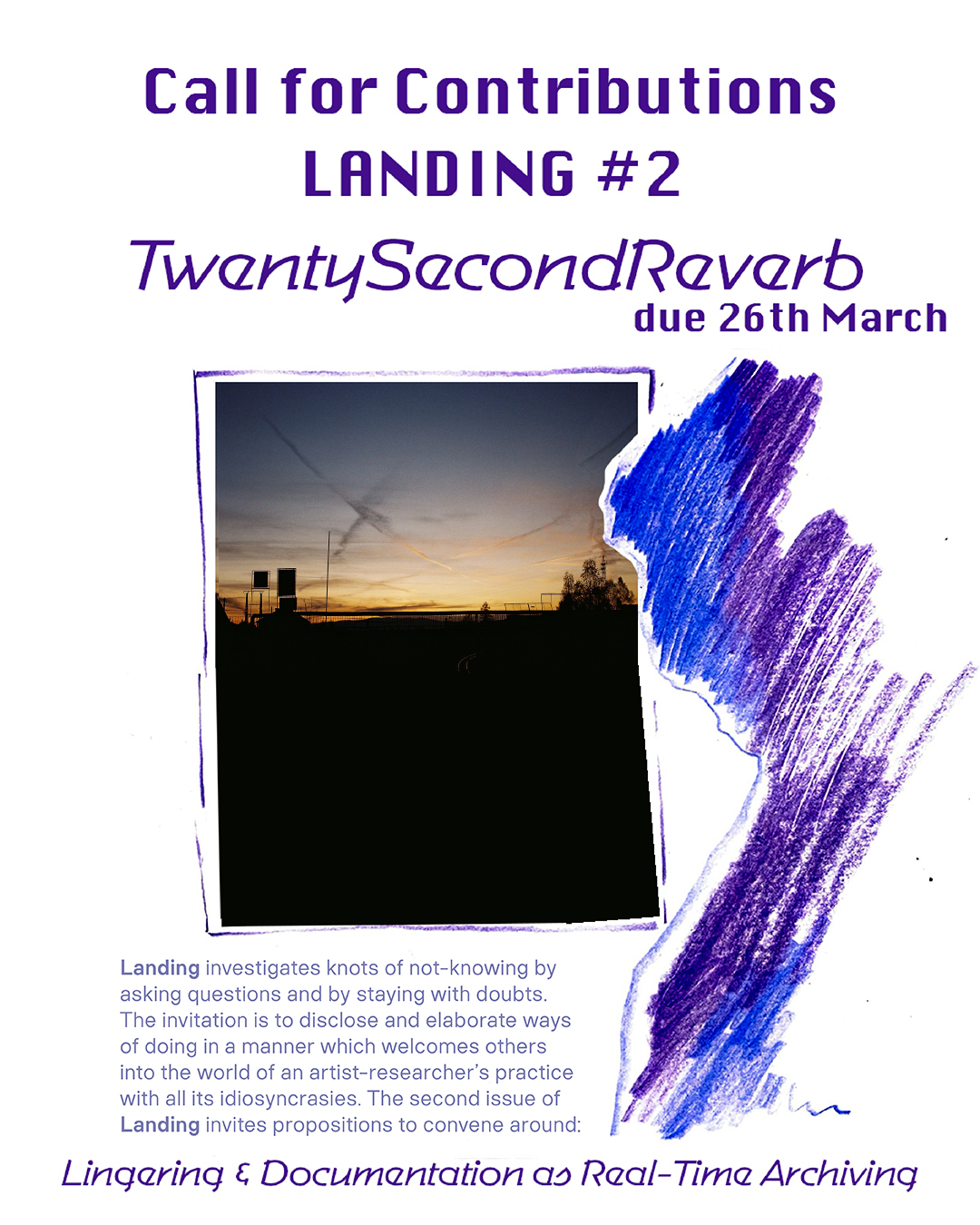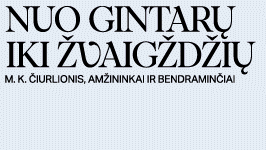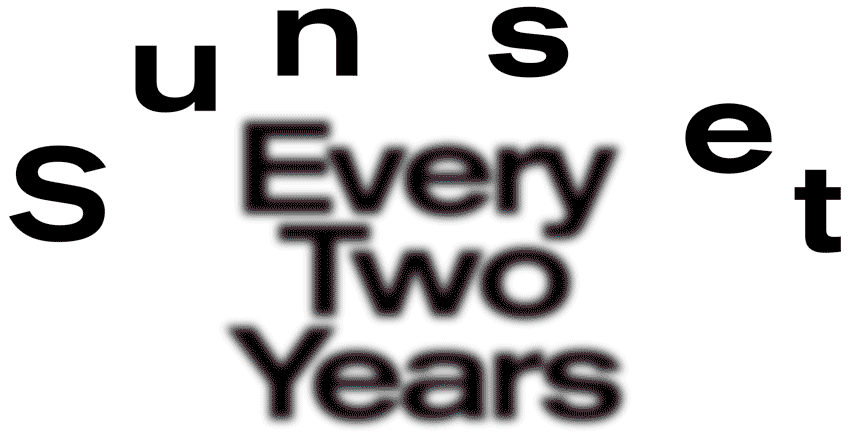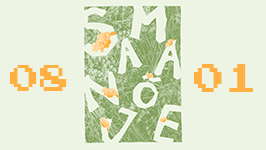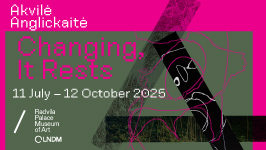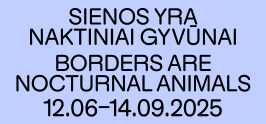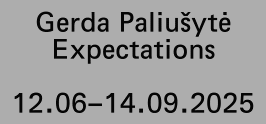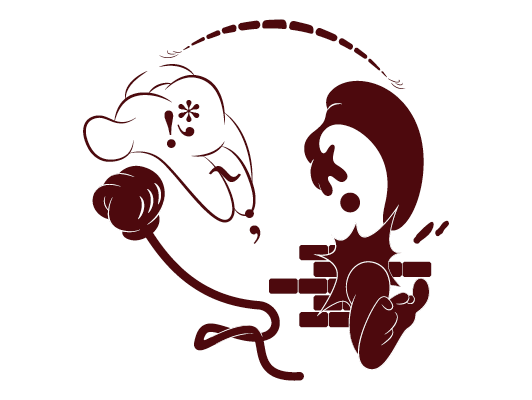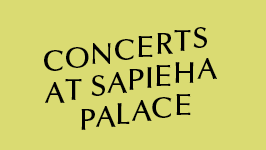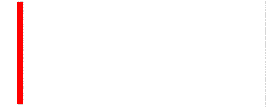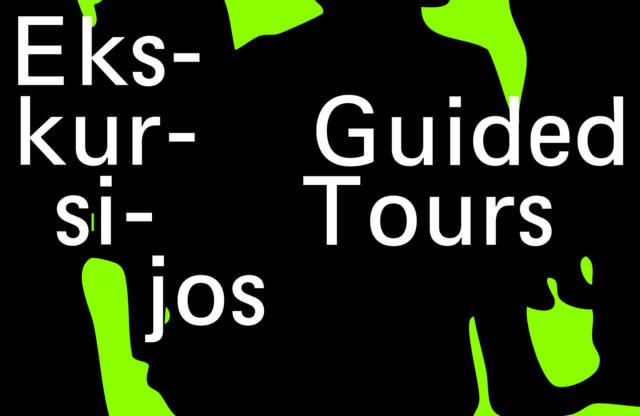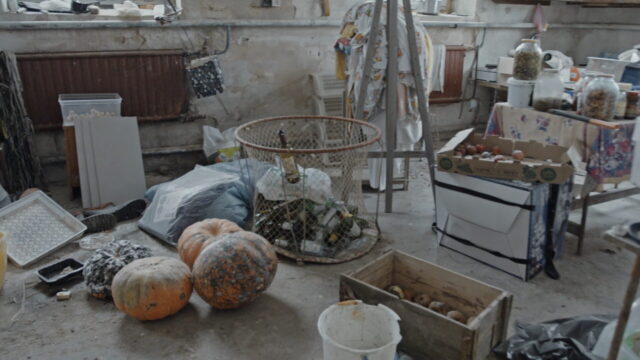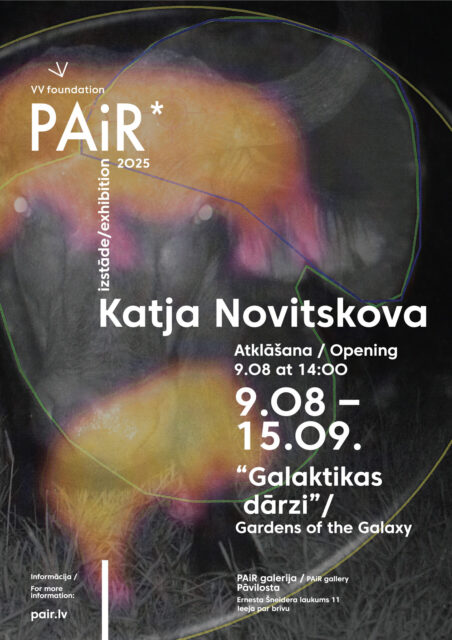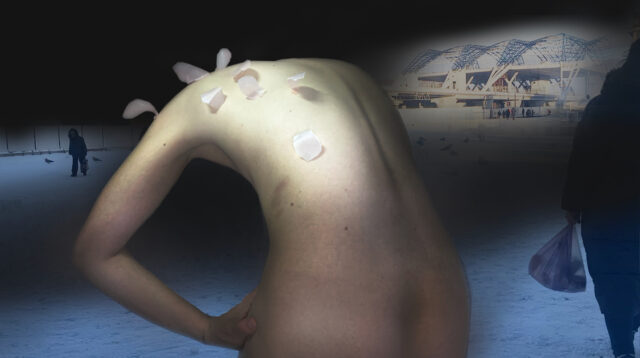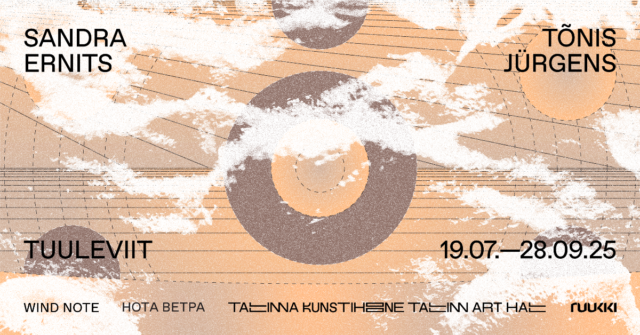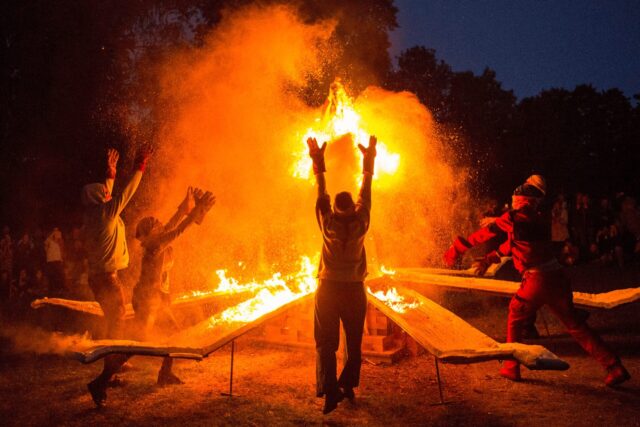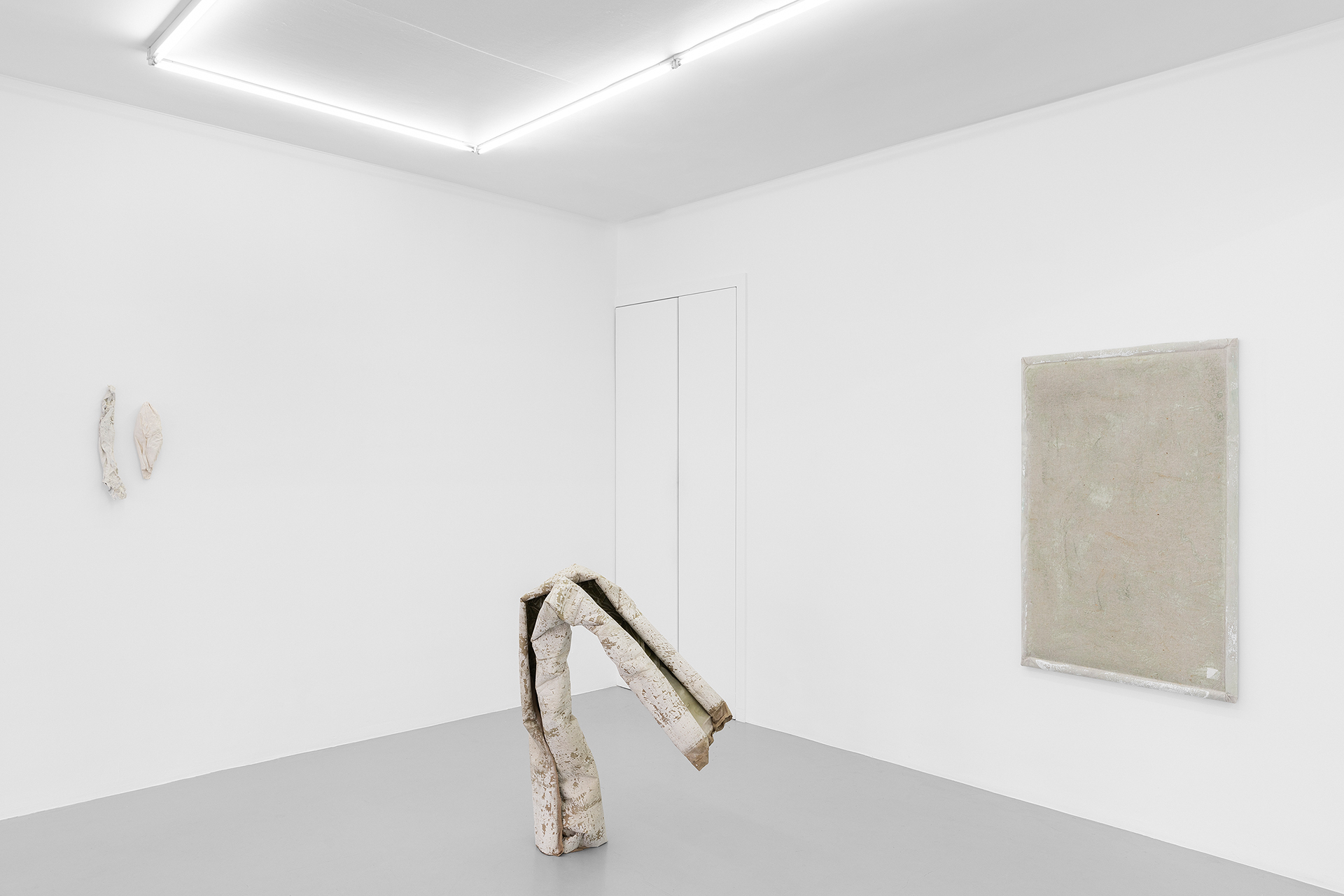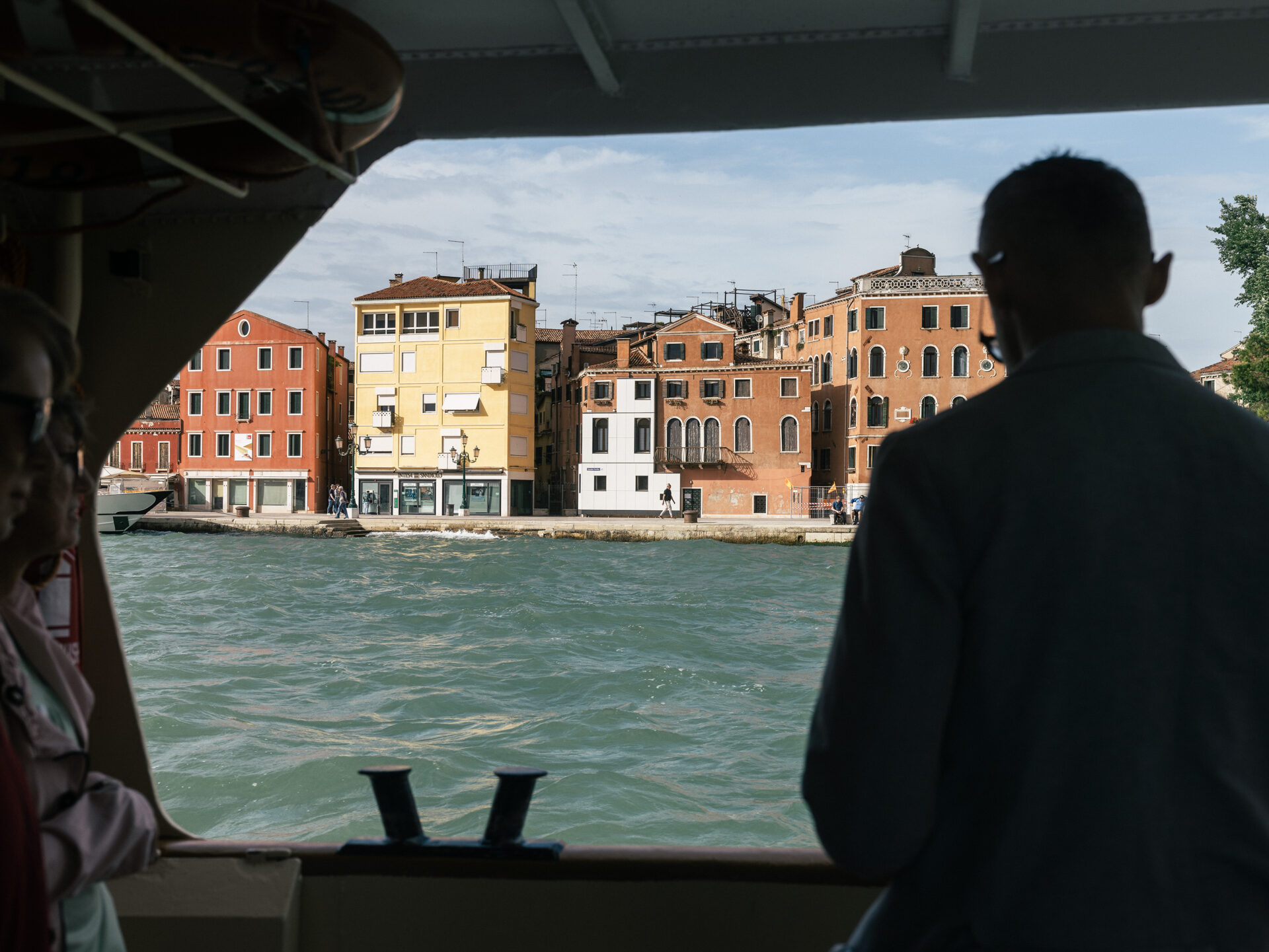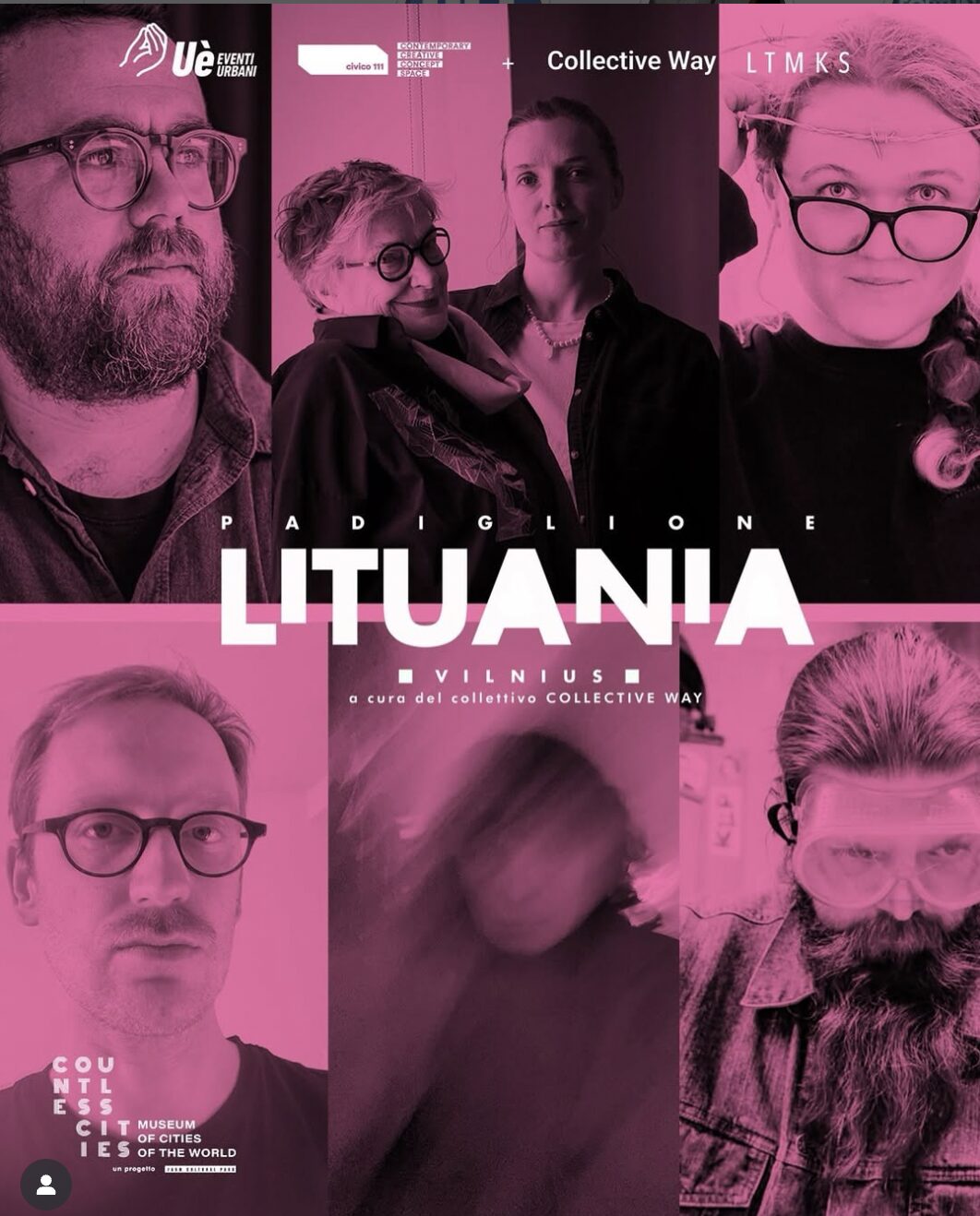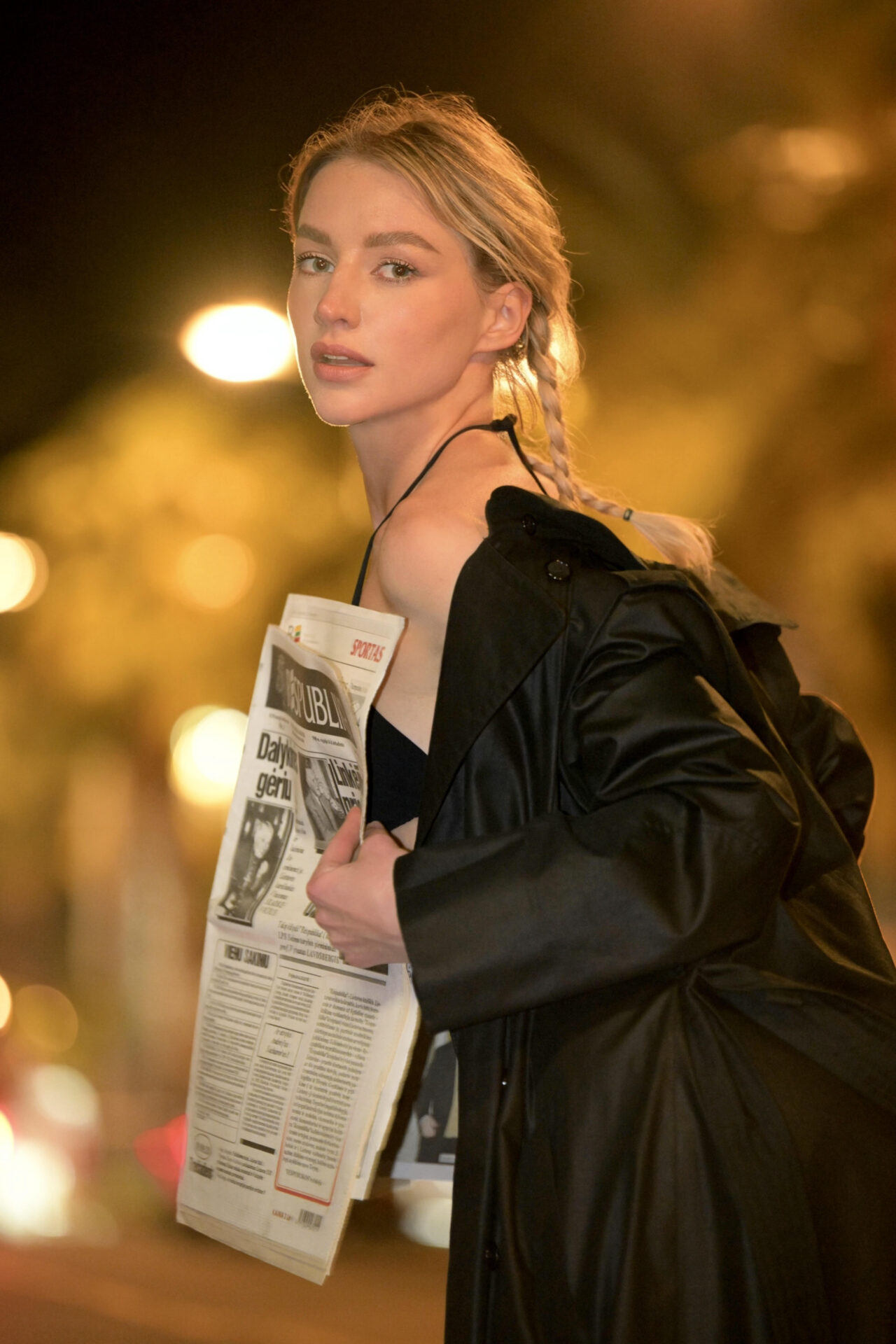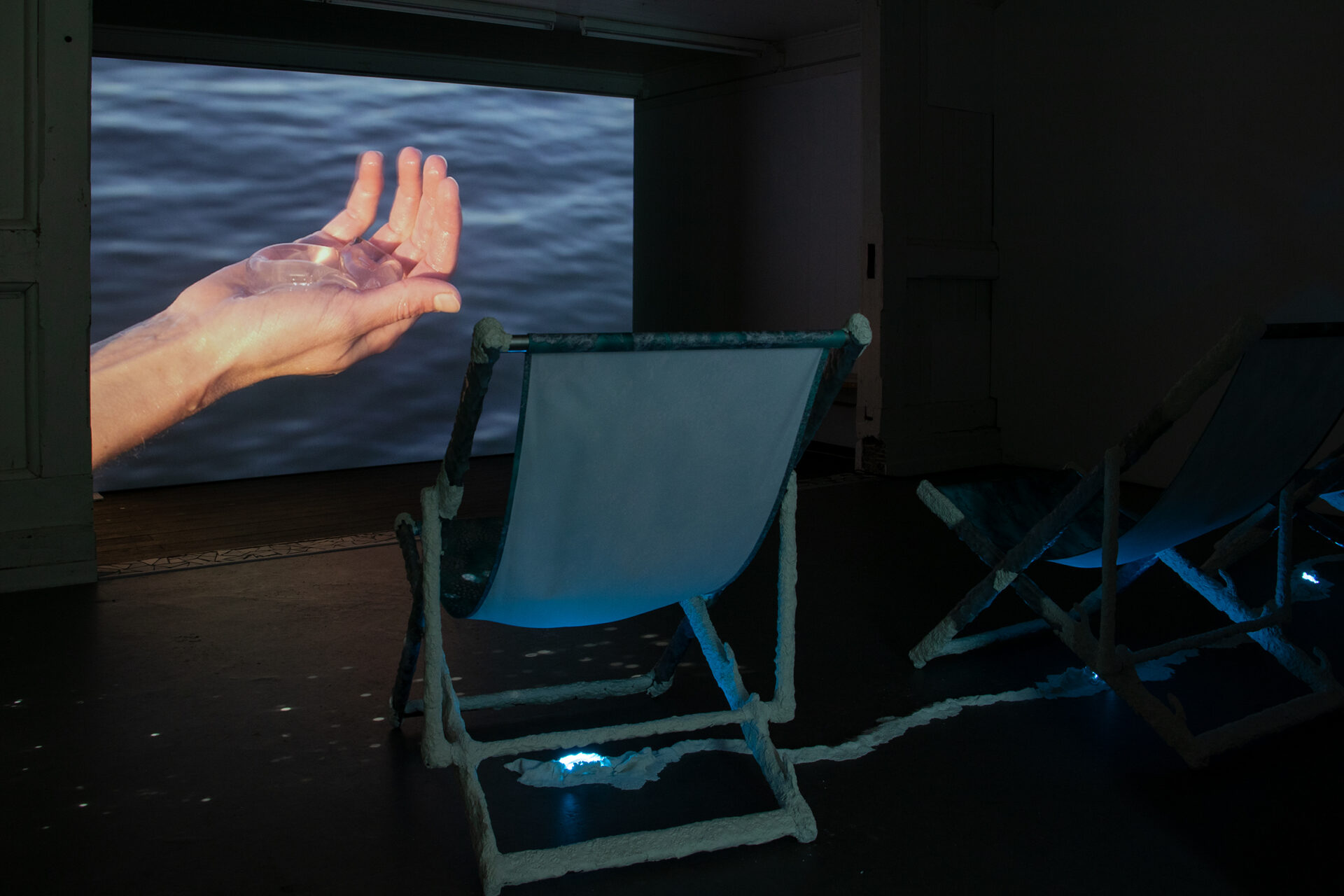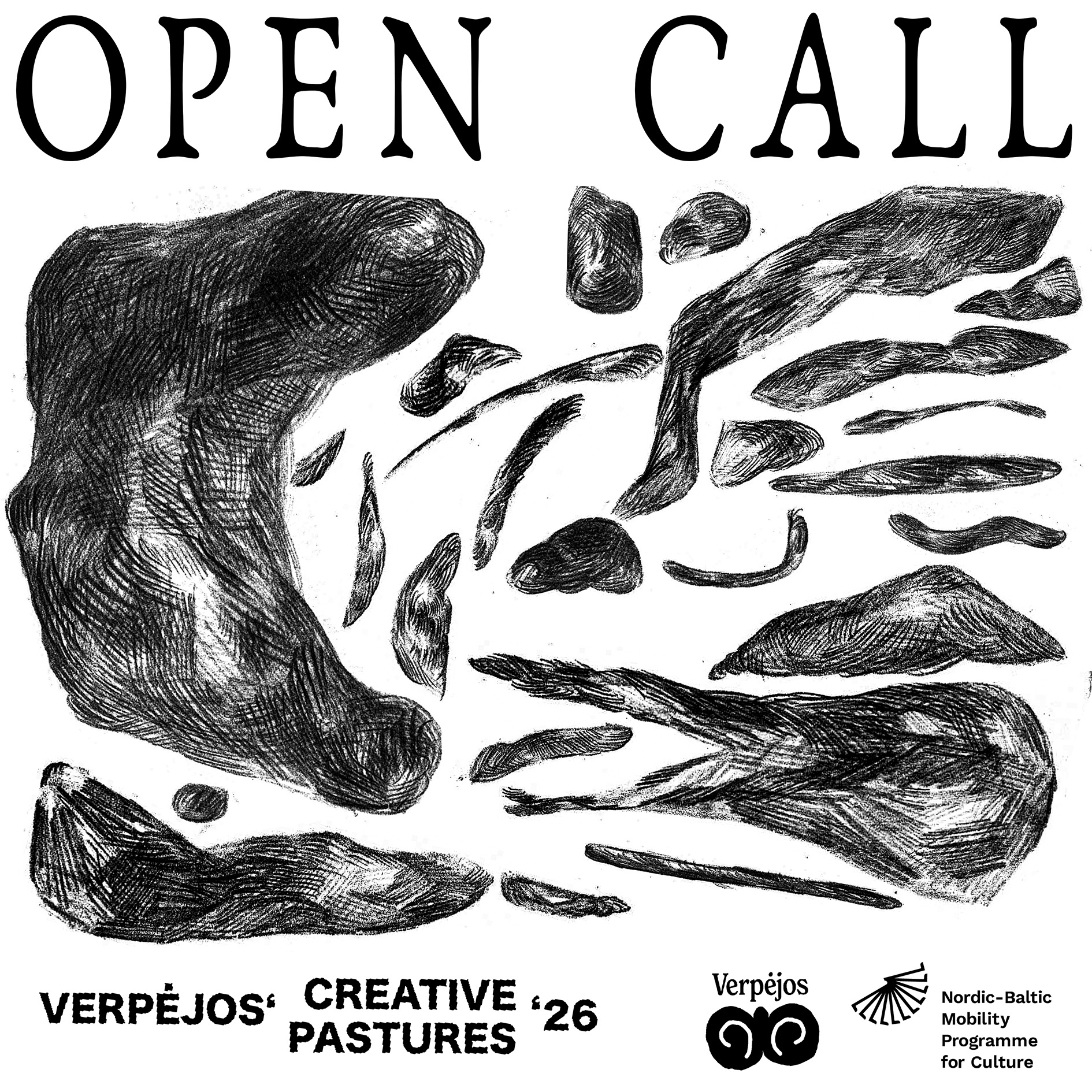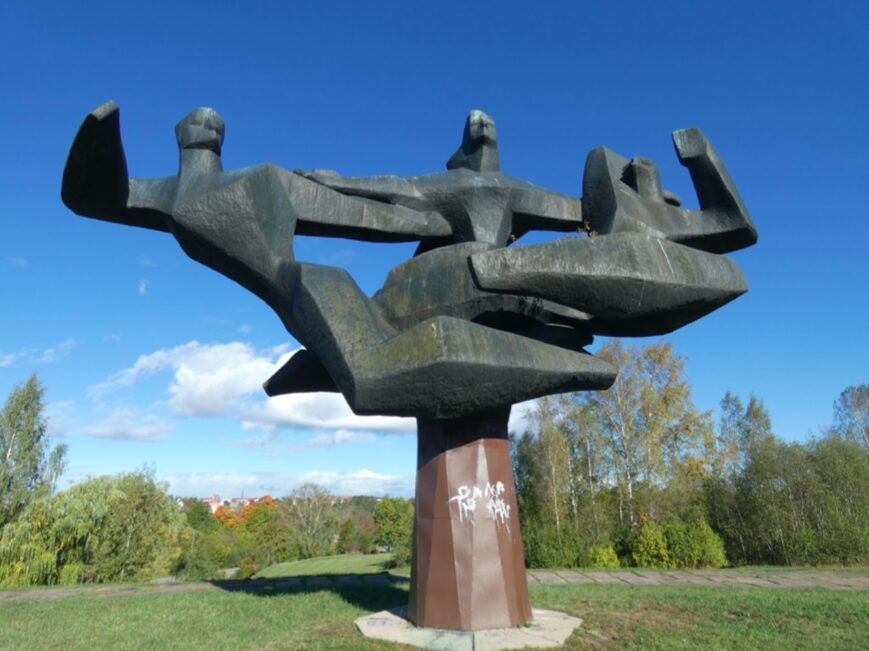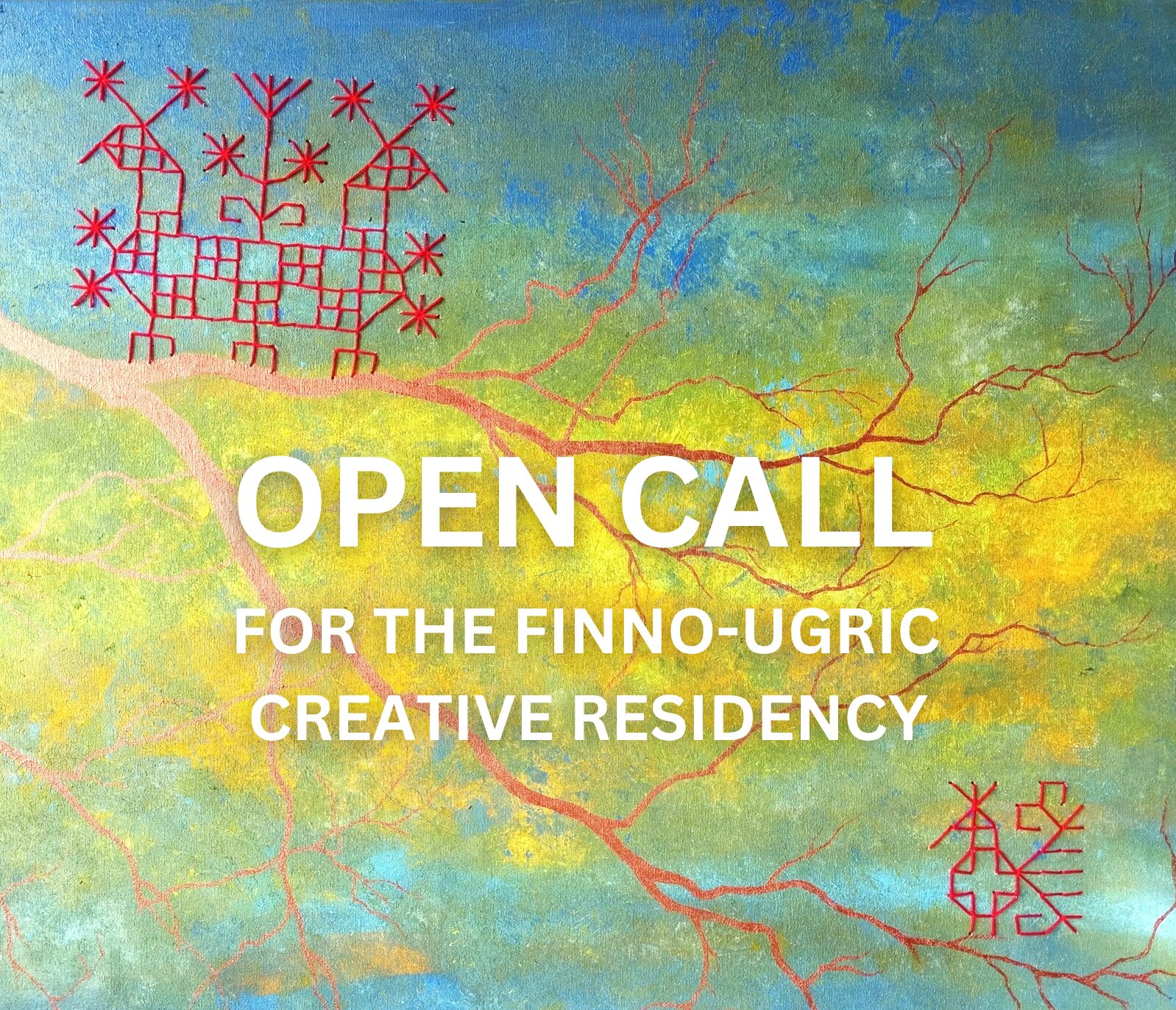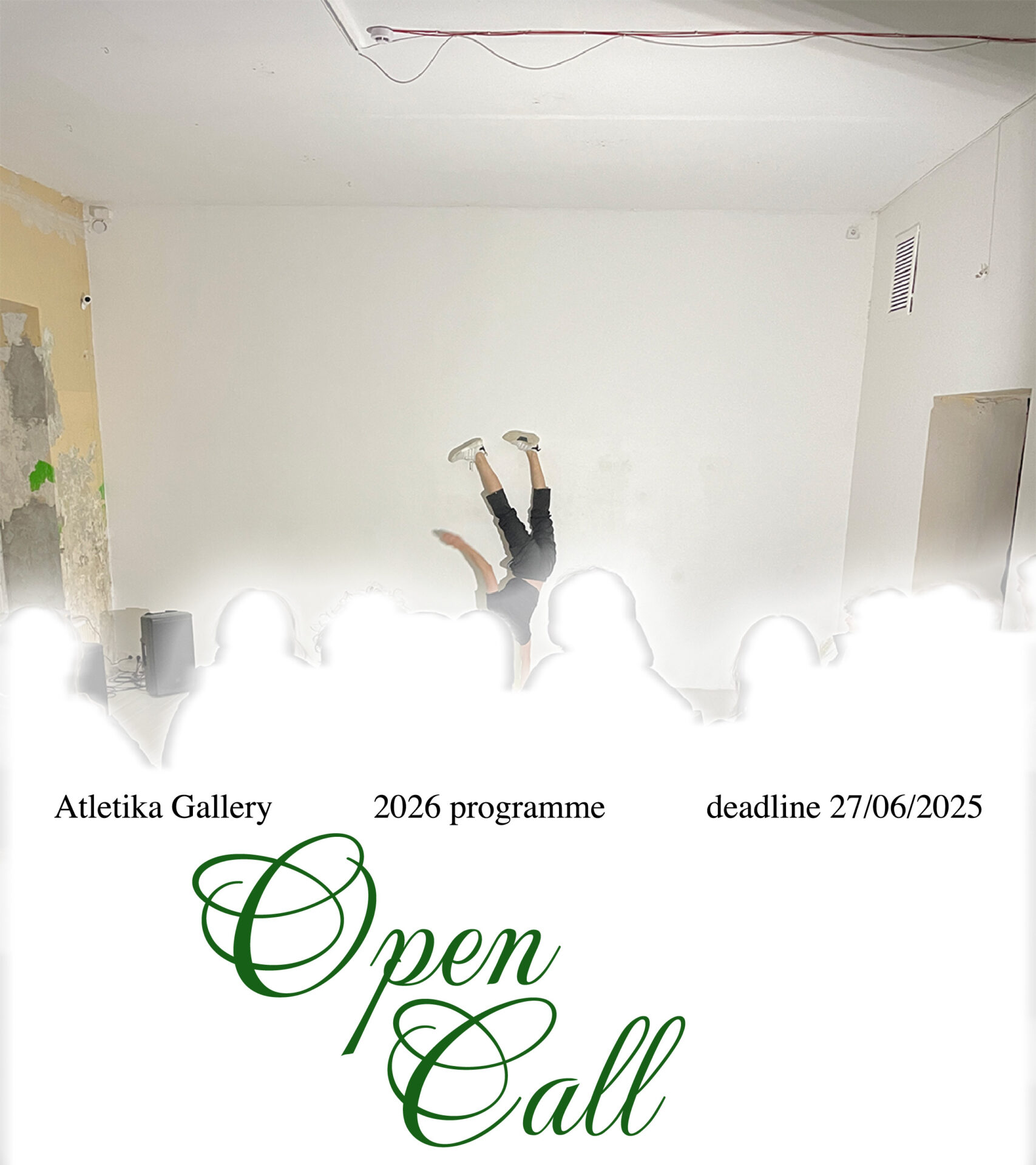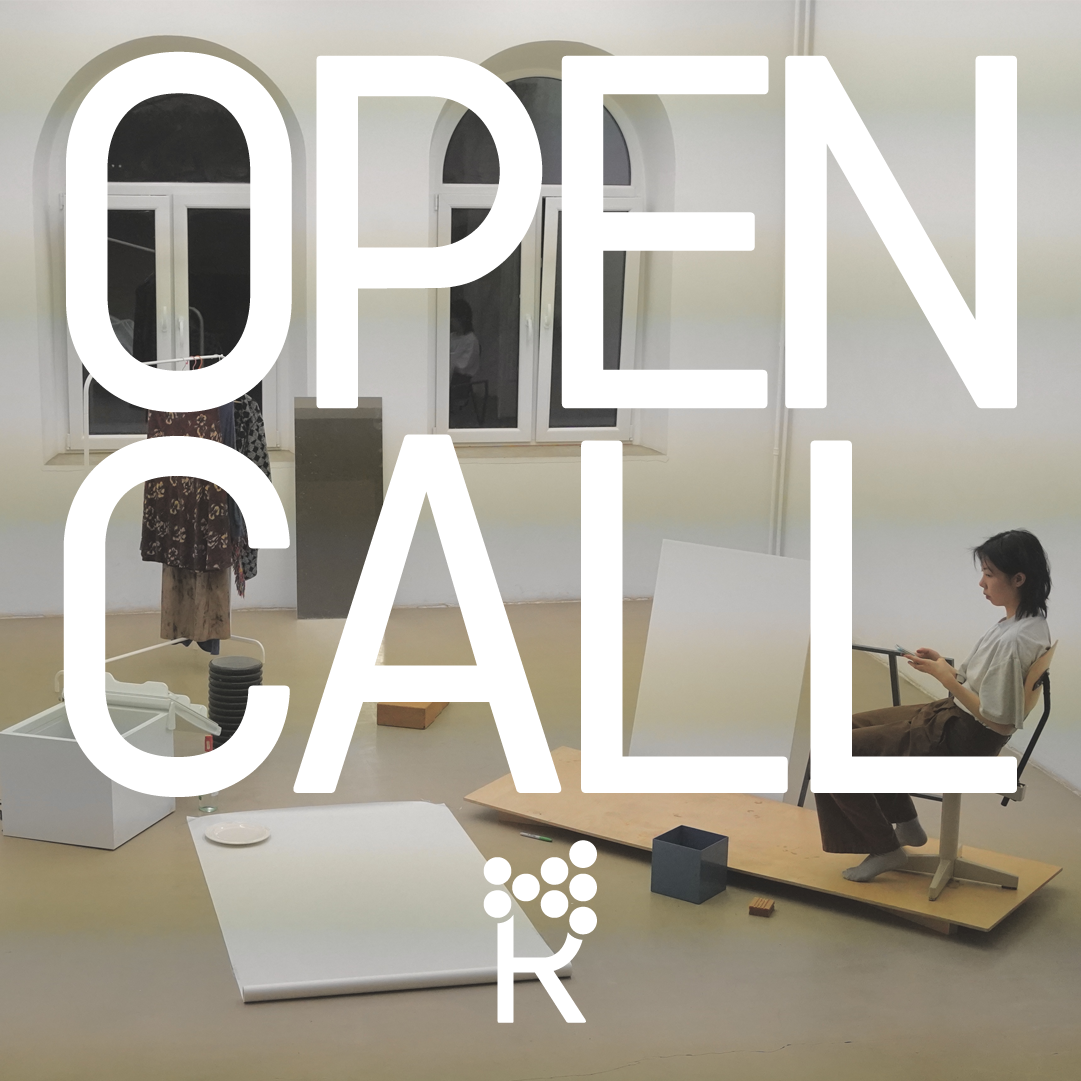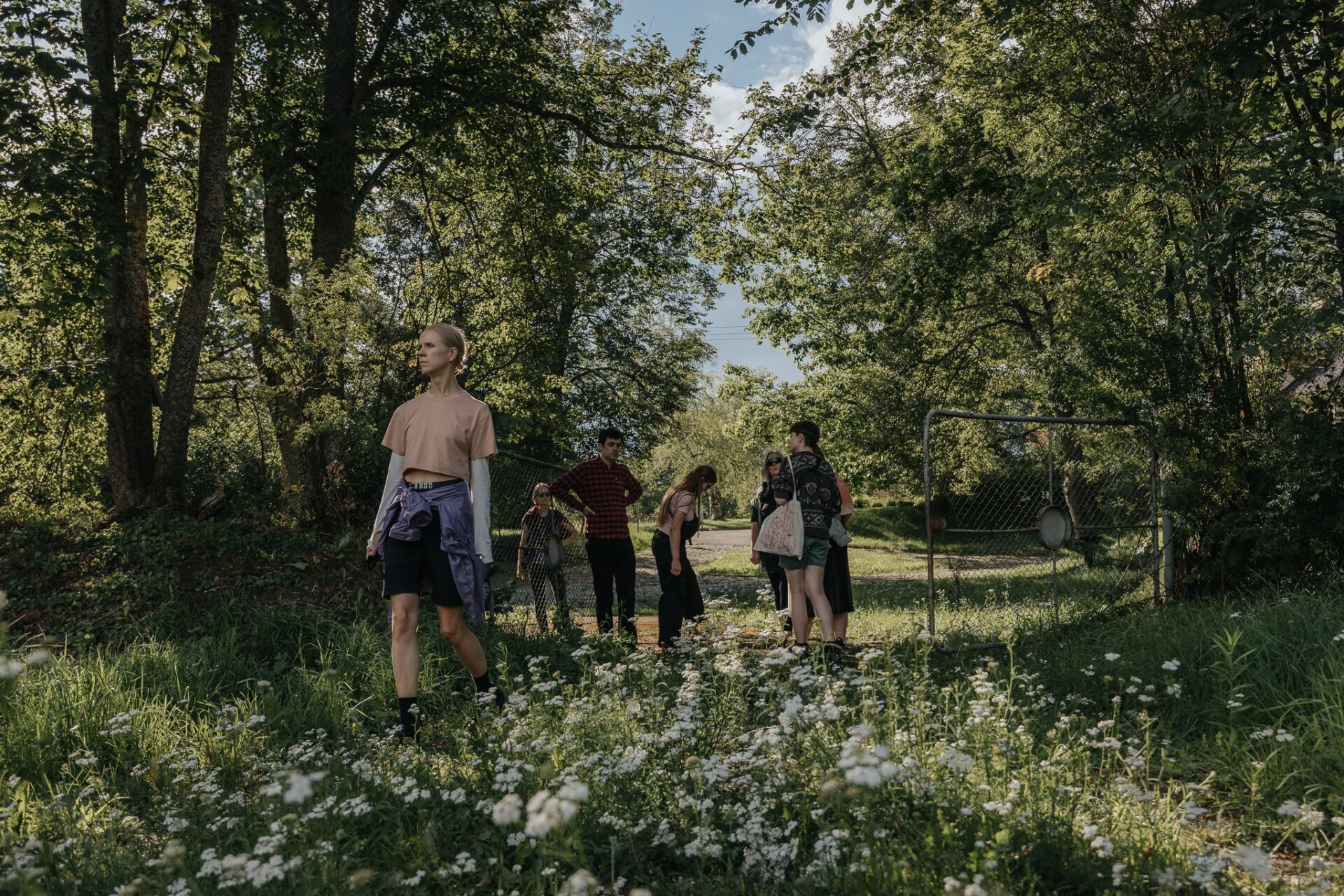What is Landing?
Landing investigates knots of not-knowing by asking questions and by staying with doubts. The invitation is to disclose and elaborate ways of doing in a manner which welcomes others into the world of an artist-researcher’s practice with all its idiosyncrasies. We recognize tensions and biases within artmaking and research, rooted in ideologies and imaginary expectations. Landing seeks contributions that find form conducive to communicating methods, aiming to operate as an open conversation and resource for fellow practitioners.
Call for Issue 2 of Landing
Lingering & Documentation as Real-Time Archiving
“I suppose an archive gives you a kind of valley in which your thoughts can bounce back to you, transformed. You whisper intuitions and thoughts into the emptiness, hoping to hear something back. And sometimes, just sometimes, an echo does indeed return, a real reverberation of something, bouncing back with clarity when you’ve finally hit the right pitch and found the right surface.” (Luiselli 2019 p. 42)
The two themes are expanded below. They are stones to step onto and step off from, intentionally left open for transdisciplinary approaches. We are interested in unique instances where one set of conventions (background in arts, architecture, design, the sciences, or specific practices) is affected by another–a different set or system of methods, tools, approaches and conventions–as well as how experience in a field is displaced by new life experience or by another specialisation.
~
Expanded Call
The second issue of Landing invites propositions to convene around lingering and documentation as forms of archiving.
Lingering
“I went to a concert at Liepkalnis Water Storage (Vilnius, Lithuania, Europe), which was marketed with the promise that the venue creates a twenty second reverb. The possibility of experiencing an extended echo lured me in (the fish) and the invitation (the bait) was accepted.
Going with my friend, I was thinking that the Liepkalnis Water Storage might not actually be a space that creates such a reverb; someone may have been hooked onto this fact in passing, transforming it into a desired truth, which in turn transformed my misunderstanding into truth.
I entered the underground dome with certain expectations, wanting to know more about Pauline Oliveros’s score. The stage was lit with a cold RGB blue, and the text scores were ongoing.
I didn’t get to hear a single reverb.”
To begin a dialogue surrounding ideas of lingering, we offer some pointers. “If there’s no thing, there’s no echo that can bounce off it” (Luiselli, Lost Children’s Archives, 2019). In cases where there is an abundance of things, what Bourriaud called “an overfull world” (2016), we are presented with a cacophony; not just multiple musicians playing all at once but multiple material, architectural, and social presences. A present moment is a space that can be described as a waiting room for echoes of the past and premonition for the future (Arundhati Roy & Imani Perry, 2020).
Underlying the experience of the water tower, we find a tension between material use and the ethos of making/researching. When an artist, architect, or designer begins to work with a material that has been extracted according to a capitalist (and often colonial) production logic, they enter the space between personal ethics and the broader systemic processes. In other words, the time beyond their time of making begins to matter. They might recognize that they are implicated in systems larger and more entrenched than themselves. How to begin to resolve this tension?
How do we experience and at the same time step out of an experience, to recognise and document what is happening? How do we stay present with all that inhabits and lingers within this space? How could one “step back into the world of stories and to look for the ones (both old and new) that are already dancing or getting ready to dance, and that can move us toward the healing and well- being of everyone and everything” (Machado de Oliveira 2021 p 16)?
Lingering within this contradiction lies a possible understanding of sustainability– as pragmatic non-extractivism and a consistent auditing of one’s own ideas. In Sarah Manguso’s book Ongoingness we find a radical reflection on personal ethics, as a way to be with the archive and not be suffocated by it.
Documentation as archiving in real-time
“When we were in better spirits, we were able to joke about our differences. We’d say that I was a documentarist and he was a documentarian, which meant that I was more like a chemist and he was more like a librarian. What he never understood about how I saw my work–the work I did before we met and the work I was probably going to go back to now, with the lost children’s story–was that pragmatic storytelling, commitment to truth, and a direct attack on issues was not, as he thought, a mere adherence to a conventional form of radio journalism. […] The way I learned to record sound was fundamentally about not fucking it up, about getting the facts of the story as right as possible without getting killed because, alas, you got too close to the sources, and without getting the sources killed because, alas, they got too close to you. My apparent lack of greater aesthetic principles was not a blind obedience to funders and funding, as he often said. My work was simply full of patchwork solutions, like those old houses where everything is falling apart and you just have to solve things, urgently, no time for turning questions and their possible answers into aesthetic theories about sound and its reverberations.”
Luiselli, 2019 p.99
Documentation is non-neutral– it’s drowning in ideology. It reveals future-thinking, while it situates our art-research practice within cultural, linguistic, disciplinary, etc systems. (For example, functioning as evidence in research projects.) But what if we consider documentation as archiving in real-time, inviting us to review our own material with care towards creative future potential? Such a view on archiving in artistic research can intersect with themes of gender, sexuality, race, and class, offering rich ground for exploration. Exposing the personal begins to scale up to issues of politics, with a strong lingering sense about ways of knowing and being.
Under historical conditions of uncertainty and upheaval, the practice of documentation can become loaded with meaning. What is at stake when archiving, especially under circumstances where memory, identity, and history are contested?
The themes of archiving in real time not only reference the moral implications of recording certain stories but the formal processes by which a subjective or personal experience is translated to an audience (as written through linguistic, visual, tactile and aural languages). Translation is subjective, influenced by multiple factors and in addition to creating difference it speaks to contexts of origin through languages of longing (Stewart 1993). If it is desirable for an original form to persist into the generation of a secondary form, how might a creative practice propose methods for doing this and to what end?
We invite contributors to share working definitions that unpack the overlapping directions of terms like collecting, documenting/documentation/documentarist/documentarian, and personal archives.
How to Apply?
Landing accepts proposals in the form of expressions of interest [not abstracts] that detail how a process that is in motion might be communicated. Expressions of interest, once developed into contributions, are evaluated and accepted or sent forward to peer review.
We welcome contributions that present a lucid fit between the artistic research inquiry and the form of a printed journal. A thoughtful blend of open questions, photo series, instructions, recipes, workshop plans, descriptions of processes, interviews / transcriptions of focused dialogue and anecdotes as expressed in image / text / caption etc. In short, elaborations that reveal the “kitchen” behind the research (the meal).
This is a methods based journal, and we are interested in process, the doing side of things and not theoretical analysis. Contributions invited and accepted after the expression of interest phase should not exceed 3000 words. Issue 2 does not publish Research Catalogue expositions.
For the expression of interest, using a maximum 2-page PDF document, send us a 500 word description with images / illustrations as required that includes the following points.
- The context of your practice / research
- Form of contribution and why it’s a good fit with your inquiry
- Details of methods you wish to communicate about
- Pertinent questions, doubts and main arguments
Please express interest in contributing to ‘Twenty Second Reverb’ via this form: https://forms.gle/HaTyvkvi88GiNGzX6 by 26th March 2025
The Landing editorial team closely reads all selected contributions throughout each stage of the process and maintains close contact with authors during this process.
Details of our aspirational criteria, the most recent peer review template as well as our current working protocol are available HERE.
Read Before Applying
About the Journal
Landing acknowledges that different relations between form and communication exist. In some cases text is a mode of communication and in other cases text is a media and/or method.
Landing proposes a collective shaping of research through art, where cultivating a vibrant ecosystem is enacted in a non-competitive ambience that celebrates diverse disciplinary thought and expression. Landing is a grounding move in an atmosphere of floating, one which refuses claims for art’s exceptionalism. In lieu of a narrative of originality, Landing continues with its second issue to seek connections across the fibre of doing research. We are looking for descriptions of methods that can be generative for the inquiry of another researcher. Rather than echoing the trending terms of the day, we choose to stay with close-reading practices that have gone before and that are going on around us. Nothing is done alone or for the first time.
Landing uses an adjusted model of the peer reviewed journal, which is better suited to the demands of research in the arts. Articles are reviewed in relation to a feedback template. We value reading with empathy, trying to understand the statement said from the author’s perspective and then responding carefully, from one’s own perspective and hope that all feedback is generative; adding to the context, supporting development of the text on both its own terms and within the framework of Landing.
We recognise that academia has not historically included all voices and has worked to establish and maintain power as knowledge. We want to make transparent the mechanism by which things are done so we can question the how and why behind it, sit with our own discomfort so that we can find ways to action our values and recognise that we are individuals that operate on the ground, with materials and within context that shapes how and why we can work.
By combining peer review with alternative forms of research communication, we hope to enable the singularity of individual enquiry and wish to embrace diverse forms. The form of Landing thus develops from the traditional journal yet seeks to be open and transmutable. We hope that the methods by which each issue of Landing manifests reflect the discursive nature of the journal. Each iterative edition will build on the learning of the previous one, including the evolving interests of the candidates of the doctoral department of Vilnius Academy of Arts.
Landing is supported by an advisory board of recognised researchers in the arts including: Ruth Anderwald + Leonhard Grond, Dr Arnas Anskaitis (Vilnius Academy of Arts), Bjarki Bragasson (Head of Fine Art at Iceland University of the Arts / Listaháskóli Íslands), Dr. Kieron Broadhurst (Curtin University), Dr Julija Fomina (Vilnius Academy of the Arts), Dr. Nina Liebenberg (UniArts Helsinki), Dr Vytautas Michelkevičius (Vilnius Academy of Arts), Mantas Lesauskas (Vilnius Academy of Arts), Dr. Marquard Smith (Journal of Visual Culture), Bryndís Snæbjörnsdóttir and Mark Wilson (Iceland University of the Arts / Listaháskóli Íslands), Dr. Rūta Spelskytė (Vilnius Academy of Arts), Dr Ash Tower (Adelaide School of Art).
